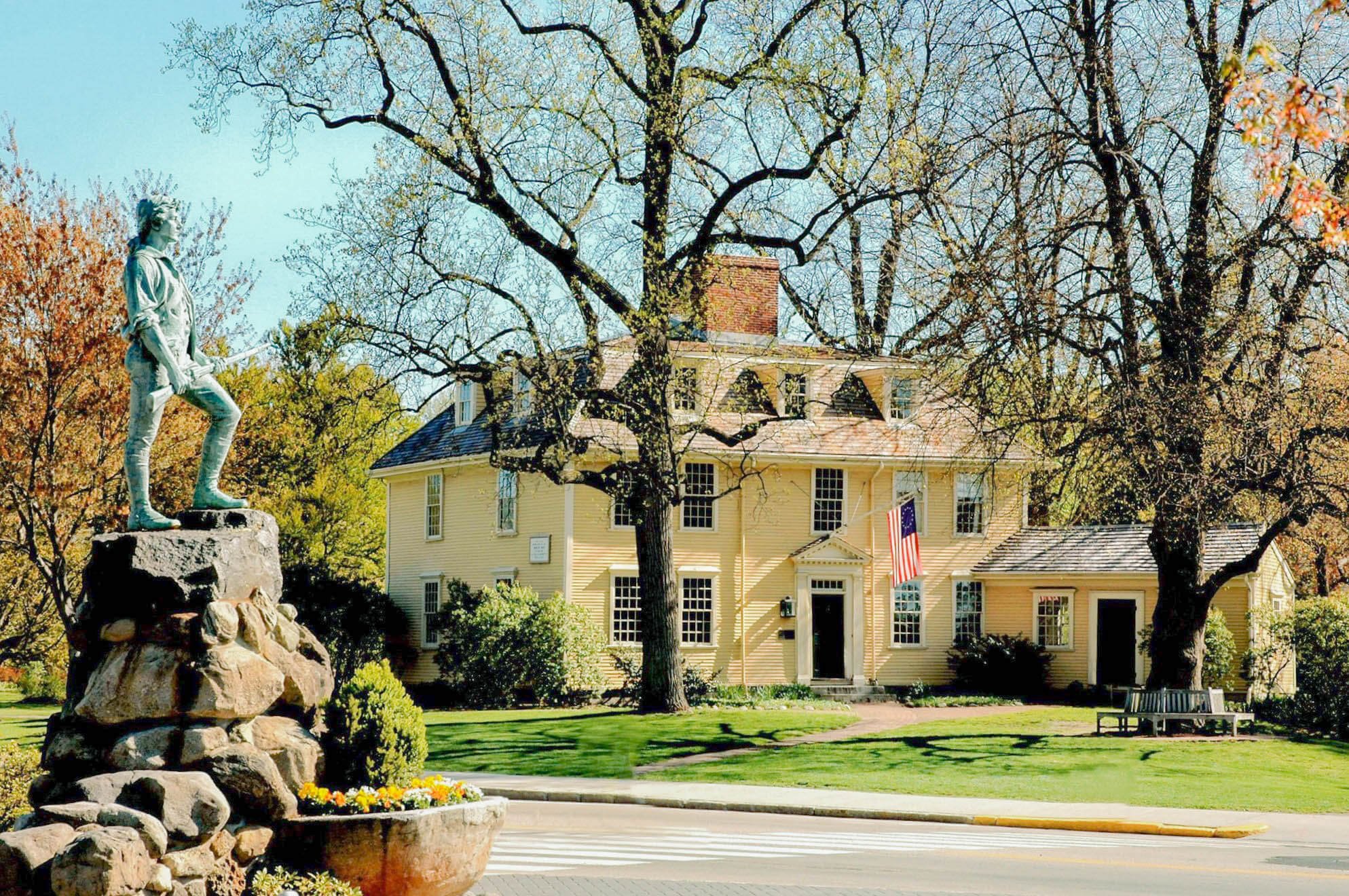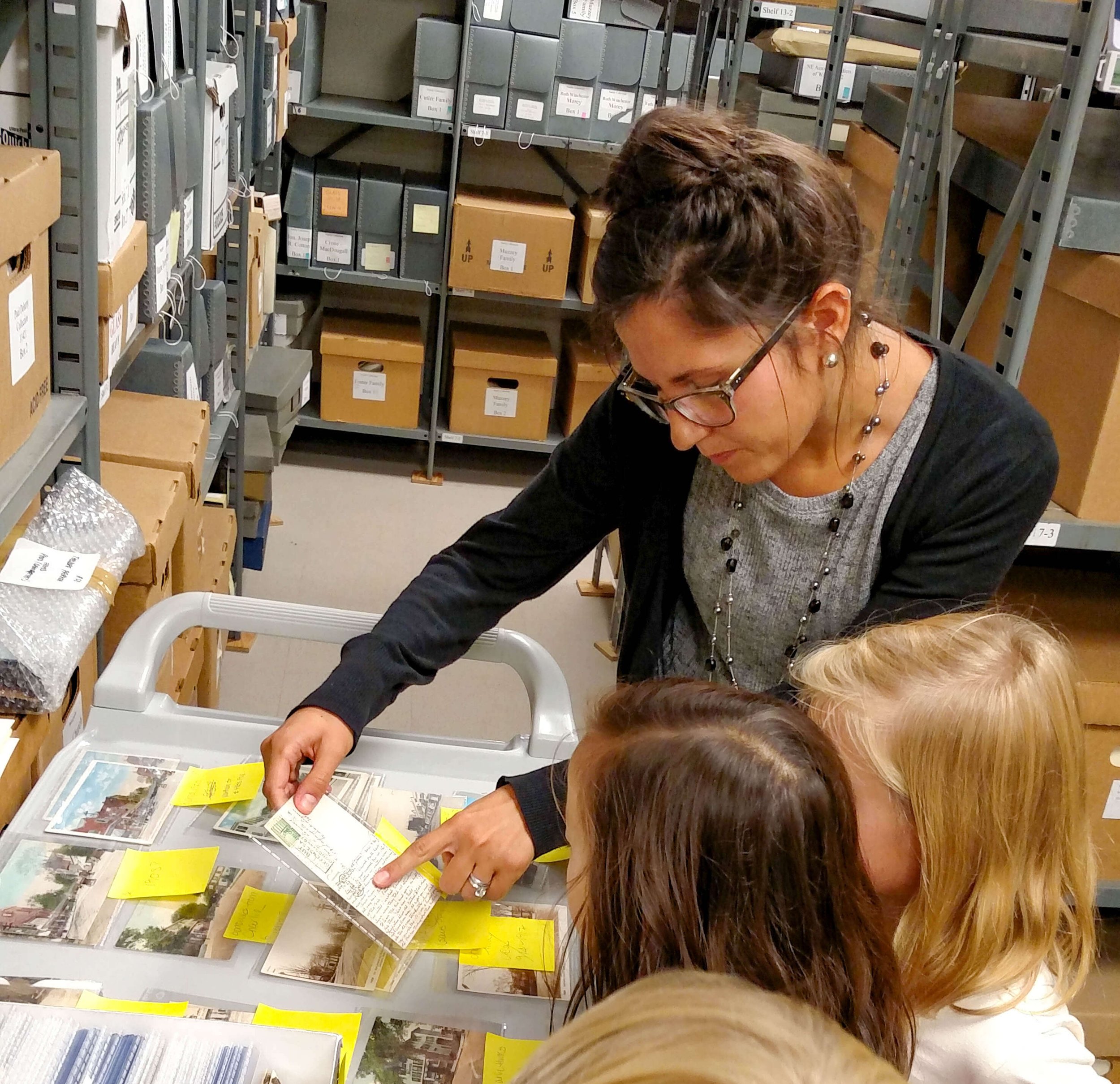
School Tours & Programs
The Lexington Historical Society has partnered with a team of teachers from the Lexington schools to develop a rich selection of school programs in American Revolutionary and Colonial history suitable for elementary through high school age students. All of the Society’s programs meet both National Standards and the Massachusetts Curriculum Frameworks.
School Tours
Using the Society’s extensive collection of original objects and archival material, students can be “history detectives.” They learn about the famous Battle on the Green and the “First Shot” of the Revolution and gain hands-on knowledge about the people and life in Colonial America, with Lexington as our example, at a crucial time in our history leading up to and during the first 24 hours of the American Revolution.
Suggested Itineraries
Itineraries for school groups can range from 2-4 hours long and include an original, hands-on, curriculum-based program run by Society staff plus a related guided tour of one to three of our historic houses and/or sites: Buckman Tavern, Hancock-Clarke House, Munroe Tavern, Battle Green, or Old Burying Ground. The Lexington Historical Society can offer flexible itineraries for your students’ visit to historic Lexington.
Grades 1-3 (2 hours)
“Artifact Program” + tour of the Hancock-Clarke House or Buckman Tavern
Grades 3-5 (2-3 hours)
“What Did Reverend Clarke Eat?” program + tour of the Hancock-Clarke House or Buckman Tavern and Battle Green
“What Should I Do?” program + tour of the Munroe Tavern
Grades 5-6 (2-3 hours)
“Who Fired the First Shot” debate program + tour of Buckman Tavern and Battle Green
“What Should I Do?” program + tour of the Munroe Tavern and Battle Green
Grades 7-10 (2-3 hours)
“Who Fired the First Shot?” research program + tour of Buckman Tavern and Battle Green
Programs
-
Your students can be led through Buckman Tavern, Hancock-Clarke House, Munroe Tavern, or the Lexington Battle Green, all geared to grade level.
-
Common three-dimensional objects from the 18th century can tell us a lot about the ordinary citizen’s life and times and help bring history alive. Lexington was a poor farming community in the 18th century, yet it played a pivotal role in April 1775 when the first blood of the American Revolution was drawn on its town common. In a hands-on exercise, students will examine and discuss nine actual or reproduction artifacts that would have been in common use in Lexington during the Colonial period. They will use reasoning and observation skills to guess, and then conclude each object’s purpose and use to obtain a clearer sense of actual 18th century everyday life. Some objects were used more by men, and some more by women. Examples of objects include: chamber pot, clay pipe, foot warmer, lady’s cap, niddy noddy, notice of a stolen horse, sugar loaf, tankard, and toaster.
-
Probate inventories provide a list of personal property and land an individual owned at the time of his death. Reverend Jonas Clarke was Lexington’s town minister during the Revolution and was one of Lexington’s most influential residents. Students will examine edited selections from Reverend Clarke’s probate inventory for his kitchen and barn, plus entries from his diary at different times of the year. They will discuss what we can learn about what Reverend Clarke and his family might have had for food based on the evidence in these documents. They will be asked to figure out where the Clarkes’ food came from and how it was prepared and discuss any differences between our food sources and meal preparation today. Students will then be able to create a typical menu for Reverend Clarke and his family.
-
This activity takes students through an organized decision-making process using true stories of ordinary Lexington citizens at the time of the Revolution. History happens to ordinary people, not just the rich and famous. Students will read short scenarios describing difficult decisions Lexington residents had to make on the day of the Battle on the Green. They will be asked to consider the alternative choices available to these people at the time, to decide which is the best decision and why, and to support their selection. At the end of the exercise, students will learn what actually happened to these real Lexington residents.
-
Students will study a variety of records of the Battle on Lexington Green, some primary and some secondary sources. Lower elementary will examine two artistic renditions of the Battle and upper elementary will read both American and English newspaper accounts from the time, and examine depositions (sworn statements) made by both Colonial and British eyewitnesses. Using a “town meeting” type of format, including some role-playing, they will discuss and determine whether the first shot of the American Revolution was by the Lexington Colonials or the British Redcoats and learn why this question was so important at the time. They will also discuss which types of sources are the most reliable and why.
-
After a brief review of the circumstances that led the British regular soldiers to travel through Lexington and on to Concord in April of 1775, students will be asked to read and analyze a variety of sources—newspaper accounts and sworn statements (depositions)—concerning who fired the first shot of the American Revolution at the Battle on Lexington’s Green. They will discuss the distinction between primary and secondary sources and the relative merits and drawbacks of each as documentation for a historic fact. Based on their study of these sources, they will be asked to analyze whether it appeared the intention of either side was to fight if we can ever know who fired first and to support their analysis by choosing their most credible sources. From this exercise, students will gain a much deeper understanding of how and why the American Revolution began, how things got so out of hand on the Lexington Green, and why the question of who fired first became so important. As an additional exercise, students may be asked to compare and contrast four artists’ depictions of the Battle on the Lexington Green, each rendered at a different time in our history, to learn how an artist’s interpretation of the “First Shot” could reflect the political times they lived in.
School Tour Request
Please fill out this form if you are interested in bringing your group to Lexington Historical Society!
You can also email Dan Marshall, our Director of Interpretation & Education, at education@lexingtonhistory.org.




